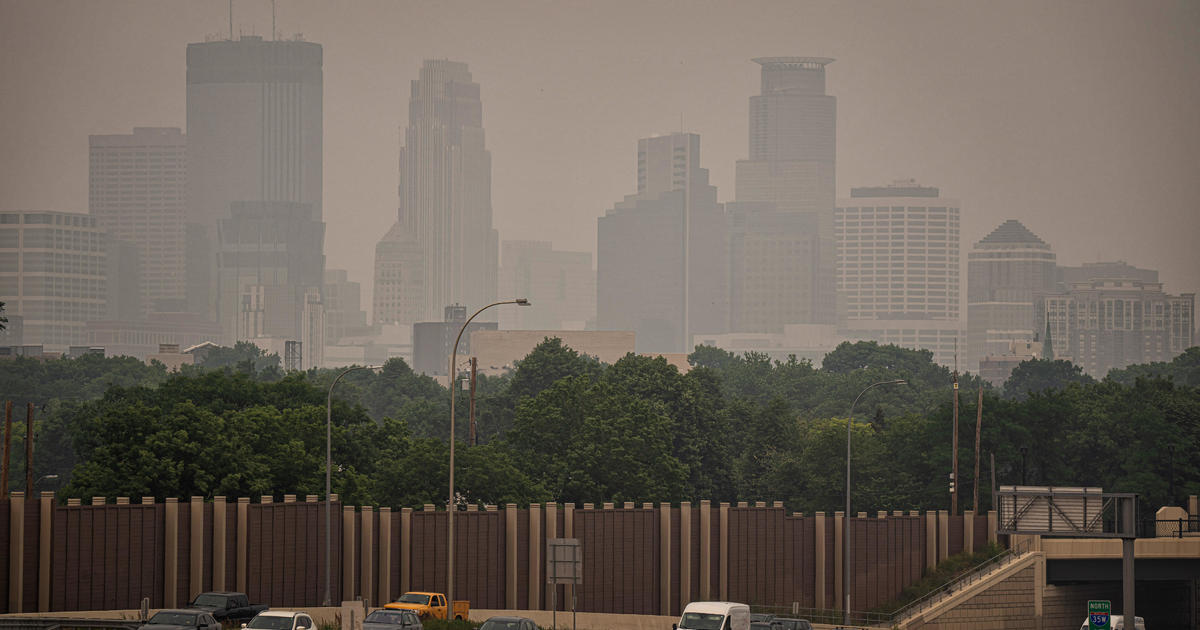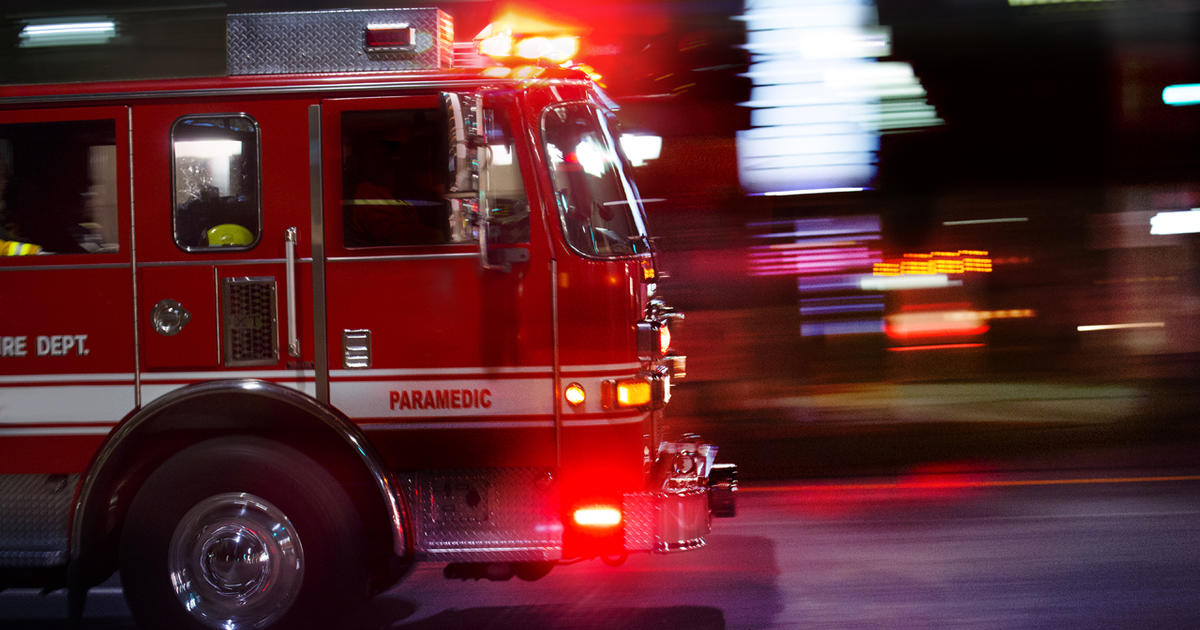Finding MN: The Larger The Pumpkin, The Better At Stillwater Harvest Fest
STILLWATER, Minn. (WCCO) -- There's an elite group of growers who take pride in growing huge pumpkins.
Stillwater is known for its historic feel and relaxing views of the St. Croix River. But come mid-October, it's where things get a little bit wild at the Stillwater Harvest Fest, taking place Oct. 13-14.
For the fifth year at Lowell Park, you can see giant pumpkins get weighed -- and dropped.
"There are still some big ones in the fields," said Chuck Dougherty, Harvest Fest organizer. "They baby these things. They build little greenhouses over them. They are out there taking care of them every day. They spend a lot of time and effort to get these things to grow."
The Pumpkin Weigh-Off is the highlight of Harvest Fest. Growers across Minnesota and Wisconsin compete. And in 2010, the winner broke a world record.
Chris Stevens of New Richmond, Wis., was the proud papa of an 1,800-pound pumpkin. He says the growing conditions were perfect that year.
"We were kind of right on the borderline of too much heat, too much humidity, and too much rain," Stevens said. "But apparently the pumpkins thought it was just the right amount."
This year, Stevens is competing with his close friend John Hopkins.
Hopkins took us to his pumpkin patch to show us what appears to be his best shot at winning this year.
"All the nutrients come into the pumpkin through this large stem," Hopkins said. "This is the main lifeline."
Hopkins planted a pumpkin seed in late April and now it measures 13 1/2 feet around, and weighs 1,150 pounds.
"This is probably my second biggest one," Hopkins said. "I had one that was 300 pounds bigger than this."
But it grew so big so fast that it split apart.
So what's the secret to growing a giant pumpkin? A seed with good genes, carefully timed daily watering, and a rich, natural fertilizer.
"We are looking at putting a balance of nutrients in," Stevens said. "We us a slow release of natural fertilizers, like fish and seaweed and cow manure. That's about all we use for fertilizer."
And the pumpkins can be ridden in.
"We carve them up and put a hole in the middle," Cory Buettner said. "That is where the pumpkin pilot enters and paddles from the start of the gazebo to the finish line at the bridge."



